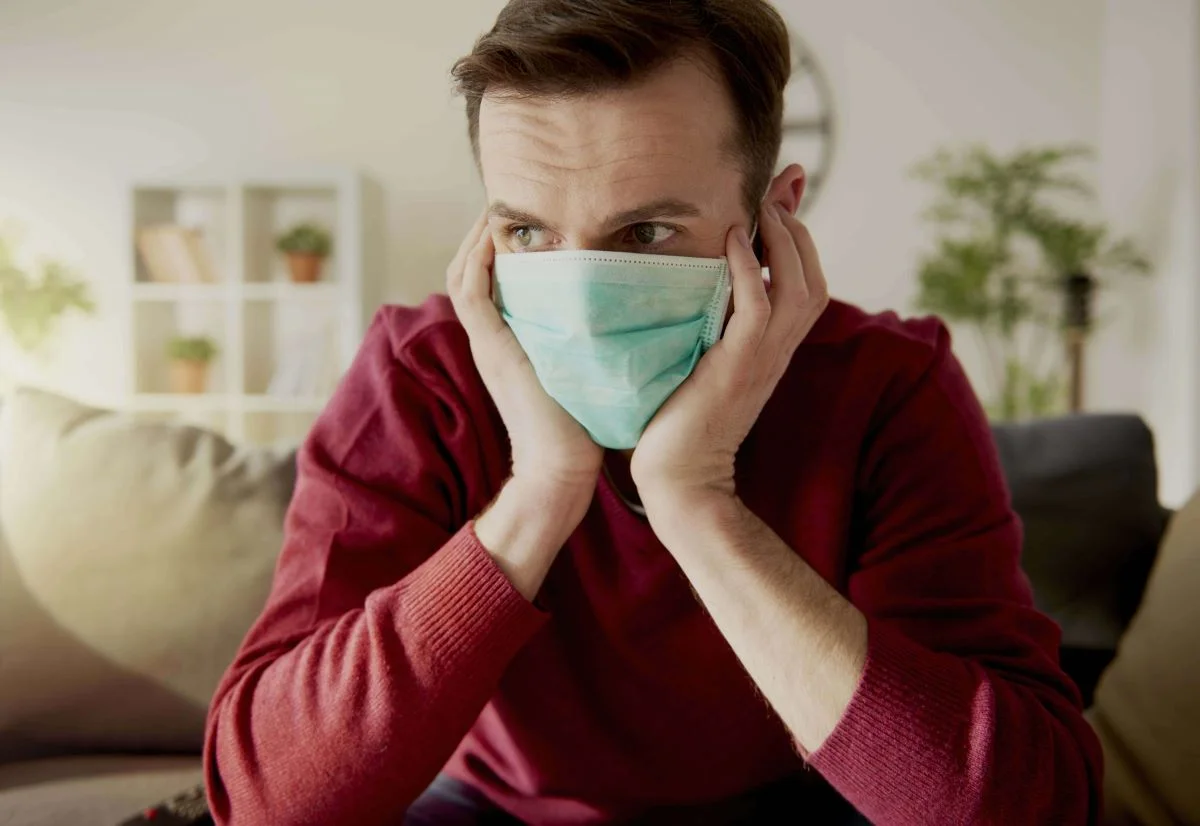If you’re reading this, you’ve probably heard the recent news (as of writing) about the rising COVID cases in the Philippines. You’re probably stuck — again — in your subdivision in Cavite, but that’s better than risking exposure and catching the virus.
But what should you do when you tested positive or you’ve been exposed to someone who has the virus? How will you keep you and your family safe?
How Does the Virus of the COVID Spread?
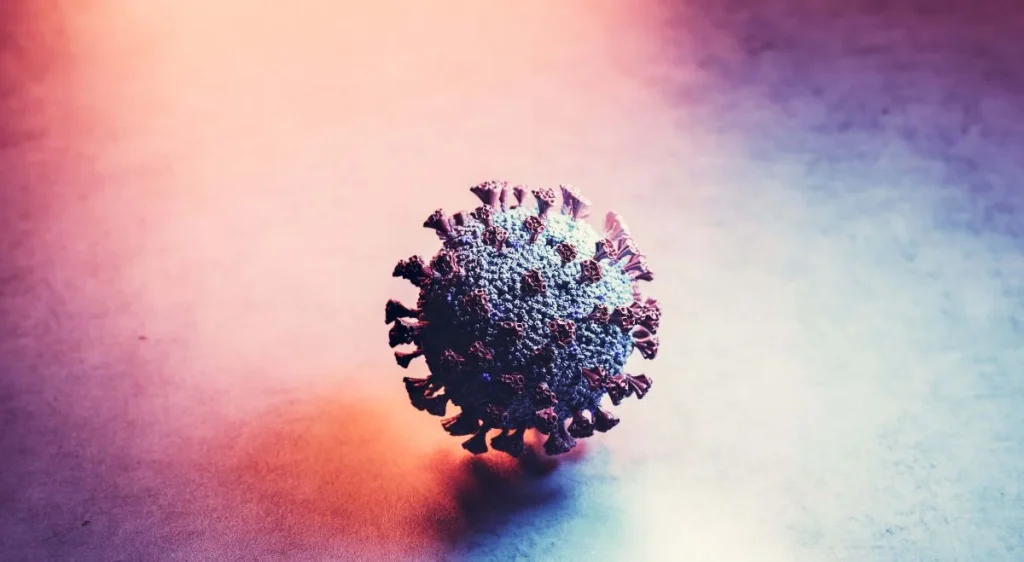
Since we’re on the subject of safety, let’s talk about how COVID spreads so that you’d know how to avoid it — whether you’ve already been infected before, you’ve been vaccinated, or neither of the two.
All variants of coronavirus are somewhat similar in terms of how they spread. According to the Department of Health of Virginia, COVID can spread in three ways.
The most common way is by inhaling air that has droplets and particles that contain the virus. This will most likely happen when you are in close contact with someone who is infected. However, this can still happen even if you’re not in close contact with one. The virus can spread around an enclosed space with poor airflow, which is why government restrictions are tighter in malls and other airconditioned spaces.
Last January 11, 2022, however, a recent study — which is yet to be peer-reviewed or verified by other scientists — suggests that as the viral particles leave your lungs, they quickly dry out and are exposed to a rapid increase in pH. Both of these factors may disrupt the virus’ ability to infect you.
The study, however, doesn’t say you can relax. The researchers merely suggest that you’re more likely to get the virus from the people you’re close with compared to someone from the other side of the room. Hence, it’s highly essential that you wear a tight-fitting mask in places where you can’t physically distance.
Next, you can get the virus from particles and droplets that have the virus and it lands in your eyes, mouth, or nose, more likely through sprays and splashes like a sneeze or cough. This further highlights the importance of wearing masks, especially if you’re infected with the virus. So, if you’re COVID positive and currently isolated in your house in a subdivision in Cavite, you should still always wear your mask.
Lastly, you can get the virus when your hands have the virus on them and you touch your eyes, nose, or mouth. It is, although, quite uncommon for the virus to spread through surfaces. So, while disinfecting is important, you’re unlikely to get the virus by touching your eyes, mouth, or nose after touching a contaminated surface or object.
How Close Is Too Close?
Since the most common way you can get the virus is through close contact, you should also know how far you must be from other people. According to the Centers for Disease Control and Prevention (or CDC), you must stay 6 feet away from others. At home, you should stay at least 6 feet away from the infected and other household members.
The virus can also be spread by people who don’t know they have the virus (asymptomatic), so you should be extra careful when you’re outdoors, even if you’re just walking by neighbors in your subdivision in Cavite.
How to Know If You Have COVID, the Flu, or Just a Cold?
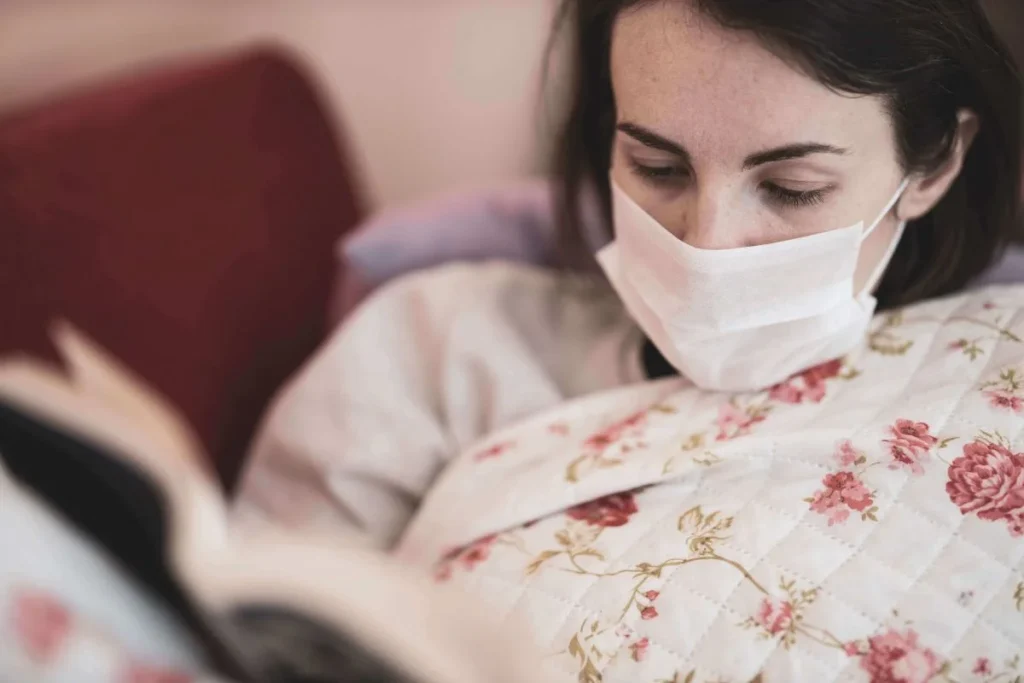
Since the spread of the Omicron variant, it has become more challenging to know if you caught the virus or you’re just suffering from the flu or a cold. According to NBC News, the prominent symptoms of the Omicron variant are:
- Congestion and runny nose
- Headache
- Cough
- Fatigue
- Sore throat
However, these symptoms are based on reports from early cases of the Omicron variant and not scientific studies. According to the World Health Organization (WHO), there is currently no information that shows that the symptoms of the Omicron variant are different from other variants. Moreover, they also said that all variants can cause severe disease or death, so prevention is still the best solution, especially if you’re not vaccinated.
Now, according to Harvard Health Publishing, in the current climate, we’re facing, if you have flu-like symptoms, you should assume that you have COVID. If you can, get tested or hire a home service test because this is the best way you can determine if you have COVID.
What to Do When You’ve Been Exposed of Covid 19?
If you’ve been in close contact (within 6 feet for 15 minutes or more in one day) with someone who has the virus, you should stay at home. However, this also means that you should also isolate if someone from your home caught the virus.
If You’re Unvaccinated
For people who are not vaccinated, here are the things you need to do from the first day of exposure up to the end of your isolation:
Days 0-5
Self-quarantine at home. Your Day 0 starts the day you were exposed to an infected person. Wear a well-fitting mask if you don’t have space in your home or if it’s not possible for you to separate from others in your home.
Days 0-10
Keep checking your temperature just in case you have a fever. Also, watch out for other symptoms like coughing, shortness of breath, loss of sense of taste, and others. If you develop these symptoms, get tested immediately and quarantine at home.
Check out home service testing if you don’t want to go out for an RT PCR test. However, prices may vary from one testing center to another, so we can’t give a definite price range.
Day 5
If you don’t have symptoms, get tested if you can. In case you test positive, isolate and follow health protocols. However, keep in mind that after getting tested, you should already be isolated because you don’t know if you have the virus yet. RT-PCR tests are usually released within three days.
Day 6
If you don’t have symptoms and you test negative, you can freely roam around or leave your subdivision in Cavite. Also, if you still don’t have symptoms and you didn’t get tested, you can now leave your home.
Day 6-10
Keep wearing a well-fitted mask when you’re going out and at home. If for some reason, you can’t wear a well-fitted mask, you should self-quarantine or stay at home until day 10.
If You’re Vaccinated
Now, for people who are vaccinated, protocols and restrictions aren’t as strict:
Days 0-10
The date when you were last exposed to a positive person will be your Day 0. Even if you’re vaccinated, you should still wear a well-fitted mask when you’re around others. Moreover, check for symptoms. If you don’t manifest any symptoms, you don’t have to stay at home.
If you do develop symptoms, get tested and stay at home.
Day 5
If you don’t have symptoms at this point, try to get tested if you can. In case you test positive, make sure to isolate or stay at home and follow isolation protocols.
What to Do When You Have COVID?
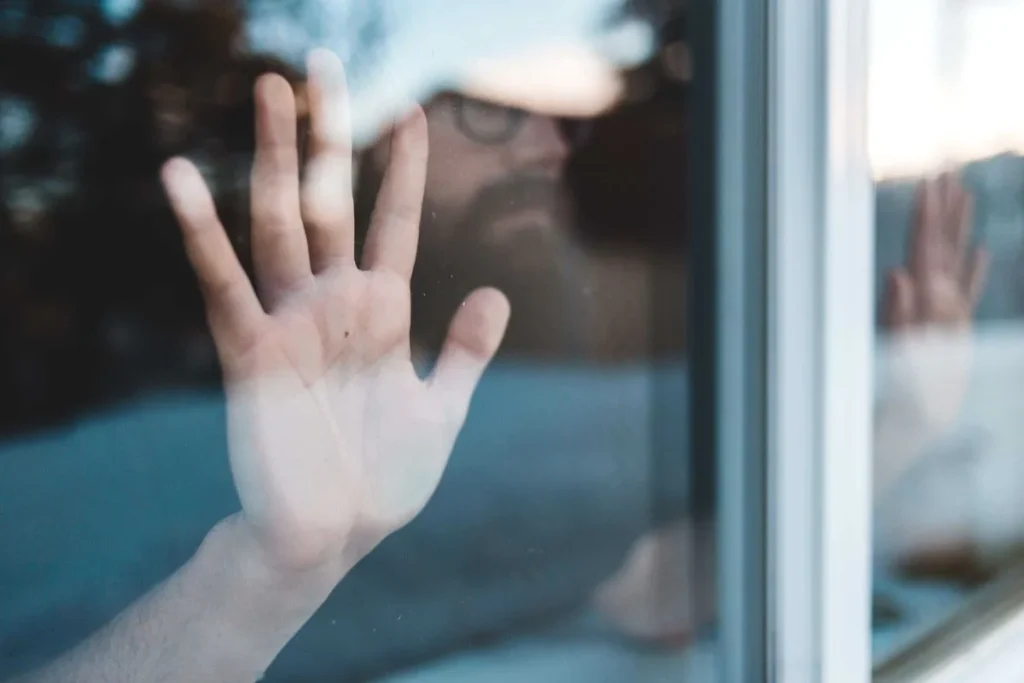
According to the CDC, the first day you experience symptoms is your Day 0. Your Day 1 is the first full day you got tested or after your symptoms developed. If you have any symptoms, you should isolate yourself for at least 5 days.
Regardless of your vaccination status, if you tested positive do the following:
Day 0-5
Stay at home for at least 5 days and keep isolated from other people in your home. Make sure to wear a well-fitted mask if you don’t have the place or space for isolation.
Day 5
End isolation after 5 full days if you no longer have a fever for a full 24 hours without the assistance of fever-reducing medication and if your symptoms are improving.
If you don’t have symptoms or you’re asymptomatic, you can end your isolation 5 days after your positive test result.
Day 0-10
If you experienced severe symptoms, you should remain isolated for at least 10 days. Moreover, you should consult your doctor before ending your isolation.
Keep wearing a well-fitted mask for the entire 10 days any time you’re around other people in your home.
Treatments for COVID
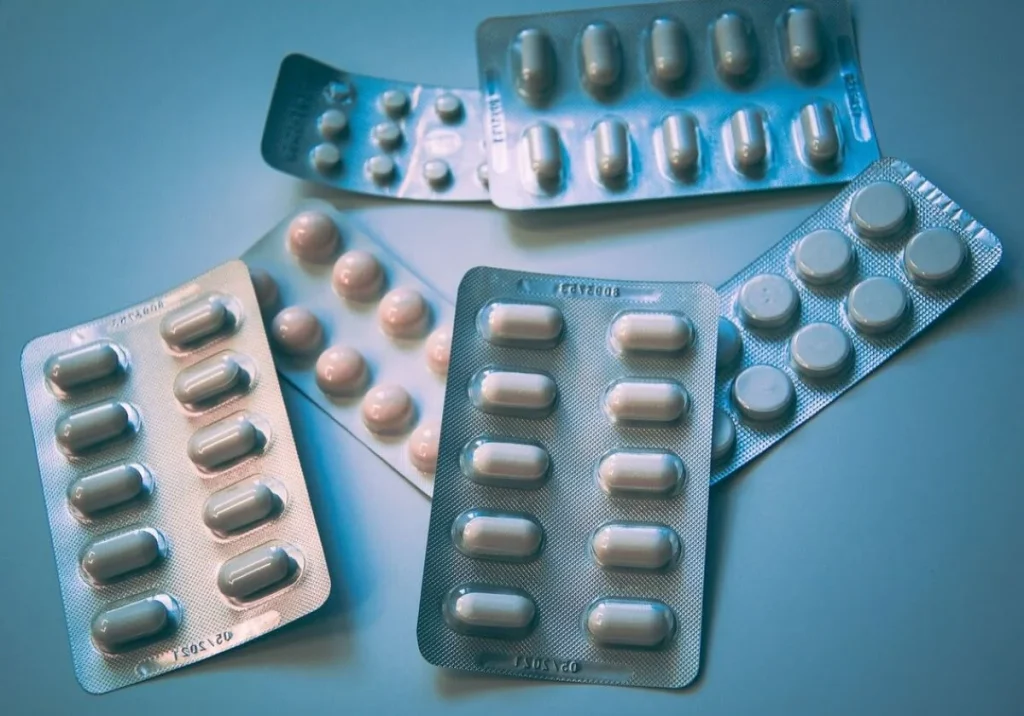
While isolation is the main thing you should do in case you’re exposed to an infected person or you catch the virus, there are some medications that you can take to help relieve some of the symptoms.
According to Harvard Health Publishing, most people who get the virus will be able to recover at home. Some of the things that you do to feel better from the flu will also help with COVID.
Right now, there are two FDA-approved antiviral pills that are specifically made to reduce the risk of hospitalization if you get COVID. These are Paxlovid and Molnupiravir.
Last December 22, 2021, Paxlovid was authorized by the FDA as an oral antiviral pill to treat mild to moderate COVID cases for people aged 12 and older. This drug originated in Pfizer’s laboratories and is only available by prescription after a positive COVID test, and within five days since symptoms started.
According to the drug trials of Pfizer, Paxlovid was able to reduce the risk of hospitalization by 88%. That is if the antiviral drug was taken within fives days of the start of symptoms. The side effects were generally mild, which included muscle aches, diarrhea, impaired sense of taste, and high blood pressure.
Paxlovid is made up of two antiviral medications called nirmatrelvir and the HIV drug, ritonavir. According to Pfizer’s press release, nirmatrelvir has the potential to maintain a strong antiviral activity even for Omicron.
Meanwhile, the other antiviral drug is called Molnupiravir. This drug is also authorized by the FDA as an oral antiviral treatment for mild to moderate COVID cases for people aged 18 and older who aren’t at increased risk for severe illness. The drug is manufactured by Merck and is also only available by prescription. Although the FDA said that you should only use this drug if other COVID treatments are not accessible.
According to Merck’s study results, Molnupiravir was able to reduce the risk of hospitalization and death by 30% for people with mild to moderate symptoms. The drug should also be taken at the first onset of symptoms for five days. Its side effects are more minor compared to the other drug, which includes diarrhea, dizziness, and nausea. For this reason, the drug is not recommended for pregnant women.
Keep in mind, though, that these medications aren’t substituted for vaccines. You should still get vaccinated so that your body can have multiple lines of defense against the virus.
If you’re not sure what medications to take to help you manage symptoms, here are some of the things you should do or take for each symptom, all of which are easily accessible near your subdivision in Cavite:
Fever
Acetaminophen or paracetamol helps reduce fevers and can help manage muscle pain and body aches associated with COVID. According to Harvard Health Publishing, some doctors recommend taking paracetamol first (maximum dose per day is 3,000 milligrams), before taking ibuprofen and other NSAIDs (Non-steroidal anti-inflammatory drugs) like mefenamic acid and aspirin.
Paracetamol has multiple brand names, including Biogesic, Tylenol, Calpol, Tempra, and more. However, keep in mind that these are just brand names, all with the same drug inside them. According to Harvard Health Publishing, there is no hard proof that generic medications are less effective or safe than branded drugs. Moreover, research has shown that generic drugs save money and provide the same effect as branded medications.
Cough or Sore Throat
According to the Department of Health of the Philippines (DOH), drinking herbal tea like ginger tea with lemon or gargling lukewarm water with salt can help.
Meanwhile, according to Dr. Emily Landon, an infectious disease expert interviewed by NBC Chicago, most over-the-counter medicines have not been proven effective against cough or sore throat from COVID. However, taking lozenges (cough drops) and decongestant balms like Vicks can be effective.
Congestion or Runny Nose
According to Cleveland Clinic, decongestant medicines can help against runny nose or nasal congestion. However, keep in mind that decongestant nasal sprays should only be used for a few days.
One of the most recommended solutions is to drink lots of water. You could also consider using a humidifier, facial steam, and drinking hot tea.
Now you know what to do when you tested positive for COVID. Be sure to keep these in mind so that you’ll know what to do when you or someone close to you gets exposed or is sick from the virus. Don’t forget that it’s still essential to consult your doctor before taking any medications or doing any self-medication.
Related Blog: Getting Better: COVID Vaccination for Children


